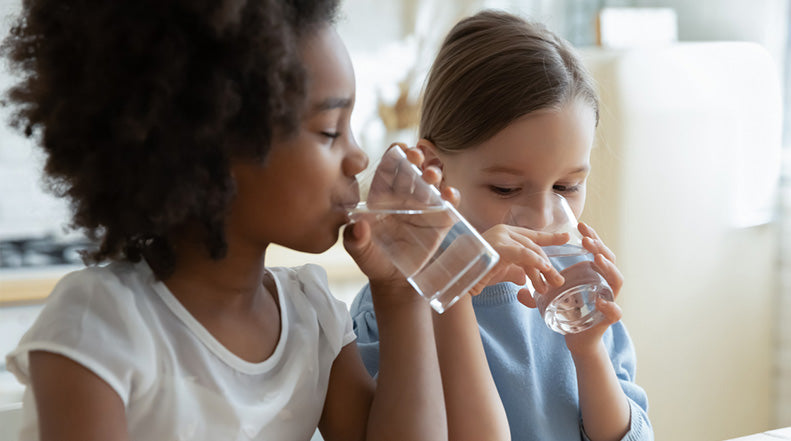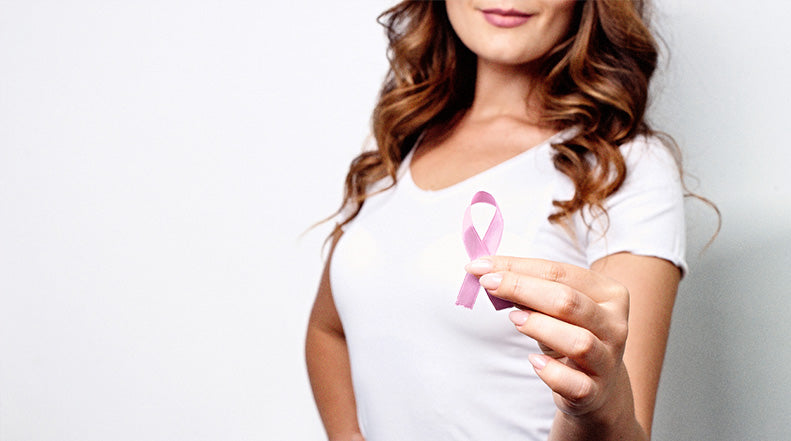National Breast Cancer Awareness Month

Every October is National Breast Cancer Awareness Month, a time when the color pink seems to be just about everywhere. But Breast Cancer Awareness Month is much more than wearing the color pink. Along with wearing pink to raise awareness, this time should be spent providing knowledge to both men and women on the breast cancer risks, promoting the value of screening and early detecting, giving support to those fighting the battle against breast cancer, and raising funds to support the cause.
HISTORY OF NATIONAL BREAST CANCER AWARENESS MONTH
National Breast Cancer Awareness Month was founded in October of 1985 as a partnership between the American Cancer Society and the pharmaceutical division of Imperial Chemical Industries (now part of AstraZeneca, producer of several anti-breast cancer drugs). From the beginning, the goal of National Breast Cancer Awareness Month has been to promote mammography as the most effective weapon in the fight against breast cancer.
The pink ribbon was not established as the symbol for this month until 1993 when Evelyn Lauder, Senior Corporate Vice President of the Estée Lauder Companies, founded The Breast Cancer Research Foundation. Over the years, a loop of pink ribbon has come to symbolize breast cancer awareness, and today the image of a pink ribbon can be found depicted on thousands of products, from apparel to dishware to office supplies. But there's more to awareness than just wearing pink, which has lead to significant controversy.
CONTROVERSY
The controversy around the pink ribbons and other pink paraphernalia that make an appearance each October is based on the fact that raising awareness is only one component of the fight against breast cancer. Barbara Brenner, activist and executive director of Breast Cancer Action (BCA) in San Francisco, poses the question, “There is a value to awareness, but awareness of what, and to what end?” Brenner suggests that in addition to awareness, “we need changes in the direction the research is going, we need access to care—beyond mammograms—we need to know what is causing the disease, and we need a cure. The pink ribbon is not indicative of any of that.”
WHAT YOU CAN DO
More than 249,000 people in the United States are diagnosed with invasive breast cancer every year, and nearly 41,000 die from the disease. While raising awareness of this devastating disease is important, there are also many other aspects of National Breast Cancer Awareness Month that shouldn’t be forgotten. For instance, it’s important to understand and teach others about ways to reduce the risk of breast cancer, which include the following:
- Limit alcohol intake
- Stop smoking
- Control your weight
- Be physically active
- Breastfeed your children
- Limit dose and duration of hormone therapy
- Avoid exposure to radiation
- Do a self breast exam once a month
- Follow your doctor’s recommendations for breast cancer screenings
Another way to help fight this disease is to contribute to charities that focus on the research, prevention, and treatment of breast cancer. Since there are multiple organizations with similar names devoted to the cause, it can sometimes be difficult to know which ones are the best. Luckily, there are charity watchdog groups, such as Charity Watch and Charity Navigator, that evaluate how well each organization spends the money it receives from contributors. Charity Navigator CEO Michael Thatcher tells USA Today to consider whether you want your money to go for research and finding a cure, support services for cancer patients, helping support families, or education and public awareness.
During National Breast Cancer Awareness Month this October, let’s go beyond wearing pink and show support by spreading knowledge on how to reduce the risk of breast cancer as well as donating to charities that truly make an impact on the fight against breast cancer.
Related Articles:
How Makeup Affects the Scar Healing Process and How to Reduce Scar Noticeability




Comments